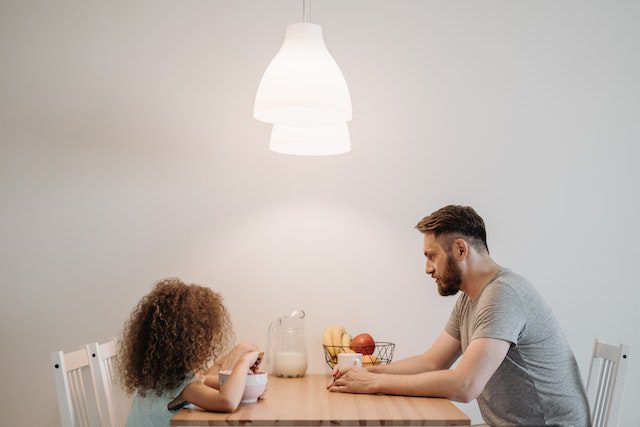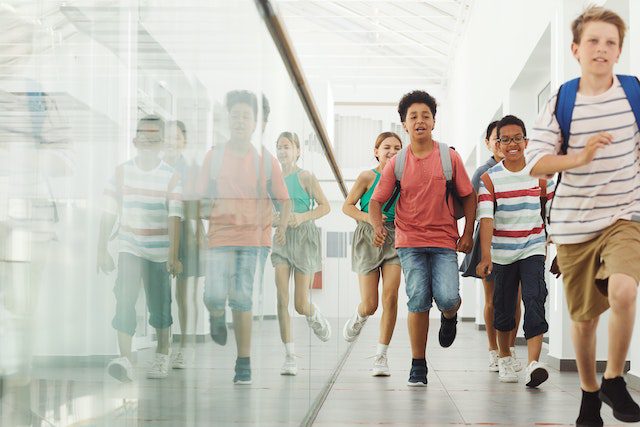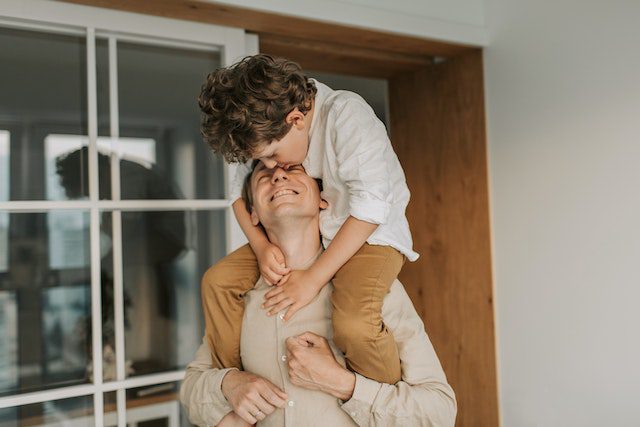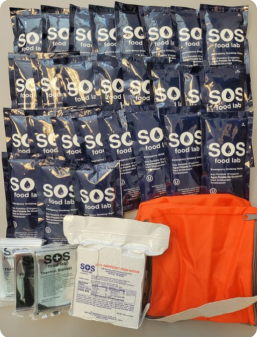The unfortunate reality of having children is knowing that there are risks they will face, no matter how hard you try to prevent them. The good news is that you can teach your children how to keep themselves safe in these situations.
To keep your children safe, you’ll need to know what and how to teach them. Some of the most important safety topics include stranger danger, consent, and natural disasters.
Keep reading to learn how to talk to your kids about these topics.
Preparing Your Kids For Safety
As a parent, you are the best person to talk to your child about staying safe. They are more likely to listen to you than to someone else. You can begin teaching your children safety at any age.
These are the most critical steps in keeping your kids safe:
- Listen to your children
- Teach them
- Practice safety skills, don’t just talk about them
- Talk about safety at home, in the neighborhood, and at school
See our article on situational awareness.

Stranger Danger
We’ve all heard the phrase “stranger danger,” but it’s much more than telling our kids that they shouldn’t talk to strangers.
Telling kids not to talk to strangers can create confusion if the parents don’t clarify what it means to be a “stranger.” Instead, explain to your kids the difference between a “safe stranger” and an “unsafe stranger.”
Safe strangers are people like teachers, police officers, firefighters, or workers at stores. Your kids should know they can go up to these people if they are in danger or need help.
Unsafe strangers are random people who come to them on the street or in a store.
You can also provide them with examples of when strangers may or may not be safe.
For example, if you’re talking to the person yourself, it’s probably okay for your kid to talk to them too.
It’s not okay for a stranger to ask your child for help, especially if you’re not around. Adults that need help should ask other adults, not kids.
Remind your kids to always stay within the eyesight of a trusted adult. If that adult is several feet away, your child should know to stay several feet away from strangers so they can’t grab them. Tell your child to run, kick, and scream if an adult tries to grab them.
Consent
Many children don’t know about consent because their parents are too uncomfortable to talk to them about it. Yet, it’s a crucial topic; your kids should feel safe talking to you about it. If something happens to them, they need to know there is no shame in them coming to talk to you.
First, explain to your child what consent is. According to Safe Secure Kids, “Consent means giving someone a choice about touch or actions and respecting their answer.”
Kids should understand that when someone says “no,” they need to respect that answer and not get upset. The same goes for them. They should know that they can have their own boundaries and decide where and when they can be touched and by whom.
Consent even goes for things that may seem small to us, like hugs or helping them to put on a jacket. Ask their permission first; if they don’t want that hug or help, respect that. If kids feel they can’t say “no” to a hug, they may not feel comfortable saying “no” to something more significant, either.
Disasters
Dealing with the elements can be terrifying for kids, especially if you’re not around when they happen. The best way to prepare your kids for an emergency is to be ready yourself. Set up an action plan as a family and ensure your kids are involved.

Work with your kids to build an emergency kit and place it somewhere easy to find. It should be full of things like non-perishable food like New Millennium Energy Bars, a first aid kit, a change of clothes, and toiletries.
Prepare an emergency communication plan so your kids can get a hold of you if disaster strikes. The plan should include the phone numbers of all family members, emergency contacts, important medical information, and meet-up locations.
Make sure you also have a plan for at-home emergencies. Do your kids know to call 911 if you’re injured, and there are no other adults around? What about if they’re home alone or babysitting when an emergency happens?
What about if there’s a fire? Do they know how to get out of the house? Make sure you create a route for them to follow in the event of a fire and have them practice, so they’re prepared if it ever happens.
Conclusion
The best way to keep your kids safe is to communicate with them and explain what to do in an emergency. Nerves run high during an emergency, so practice your safety tips with them, so they become second nature. Hopefully, your kids will never need these tips, but they’ll be prepared if they do.



